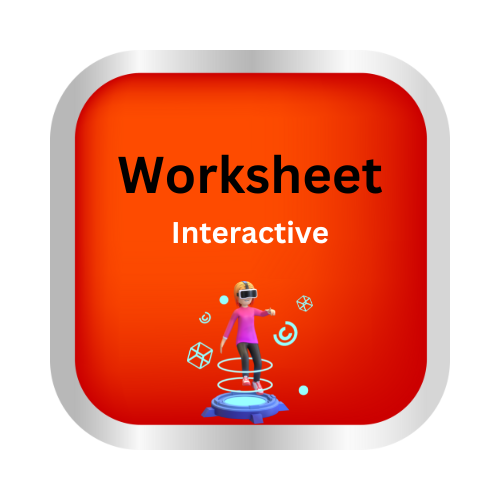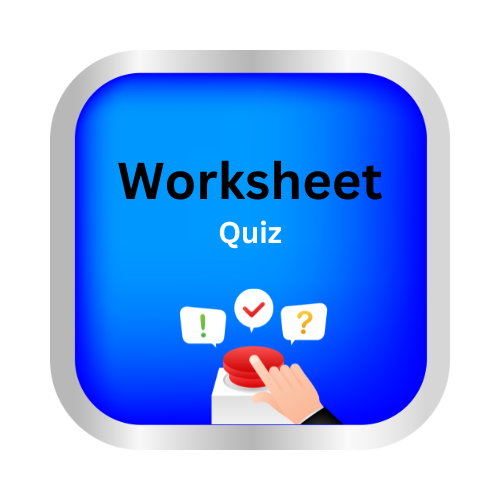Understanding probability
key notes :
Basic Concepts:
Introducing probability as the likelihood or chance of an event happening. Events can be simple (like rolling a die) or compound (like drawing different colored balls from a bag).
Probability Scale:
Understanding that probability ranges from 0 (impossible event) to 1 (certain event). Events closer to 0 are less likely, while those closer to 1 are more likely.
Calculating Probability:
Learning to calculate probability using the formula:
Probability = Number of favorable outcomes / Total number of possible outcomes
This helps students understand how to determine the chances of an event occurring.
Probability with Dice and Coins:
Practicing with familiar examples like rolling dice or flipping coins to grasp basic concepts and calculations.
Real-life Applications:
Exploring everyday scenarios where probability is relevant, such as weather forecasts, games, or drawing cards from a deck.
Experimental vs Theoretical Probability:
Understanding the difference between experimental (based on actual trials) and theoretical (based on calculations) probabilities.
Probability Vocabulary:
Introducing terms like certain, likely, unlikely, impossible, and equally likely to describe different probabilities.
Problem-solving:
Solving word problems involving probability, which often require critical thinking and application of learned concepts.
Learn with an example
🌀 On which colour is the spinner less likely to land?
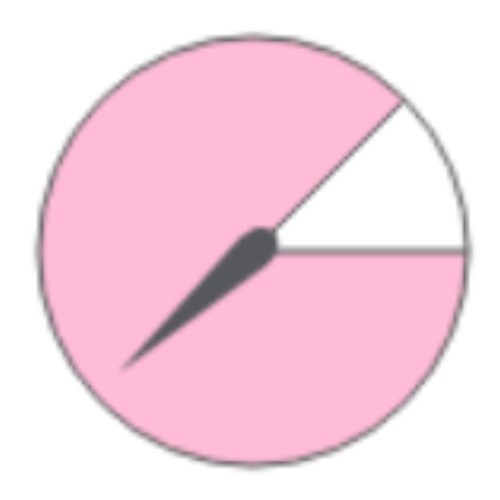
- white
- pink
Look at the spinner. The white part is smaller than the pink part.
Less of the spinner is white than is pink. The spinner is less likely to land on white.
🌀 On which colour is the spinner more likely to land?
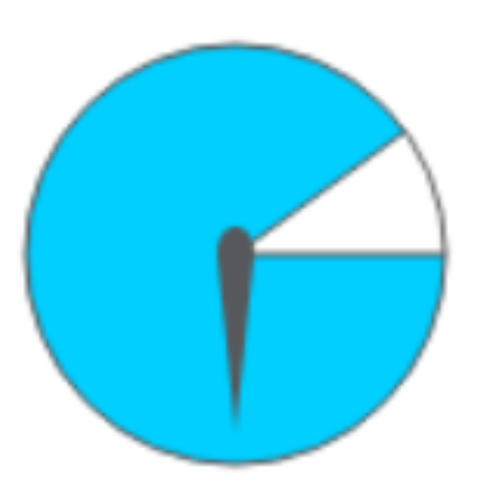
- white
- blue
Look at the spinner. The blue part is larger than the white part.
More of the spinner is blue than is white. The spinner is more likely to land on blue.
🌀 On which colour is the spinner more likely to land?
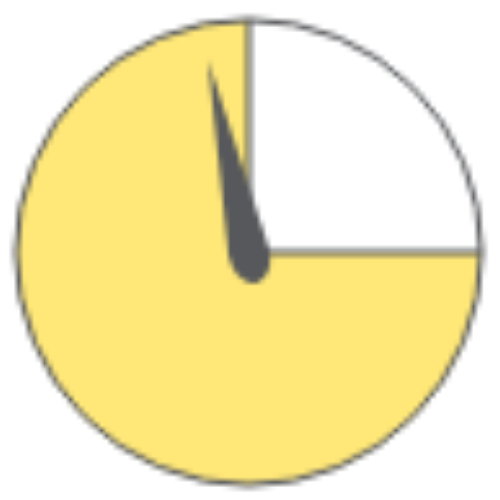
- white
- yellow
Look at the spinner. The yellow part is larger than the white part.
More of the spinner is yellow than is white. The spinner is more likely to land on yellow.
Let’s practice!🖊️
